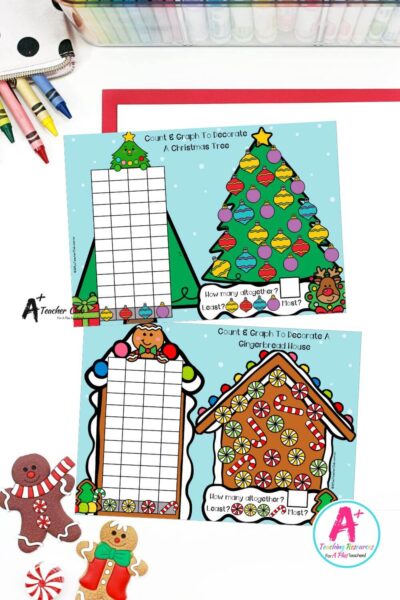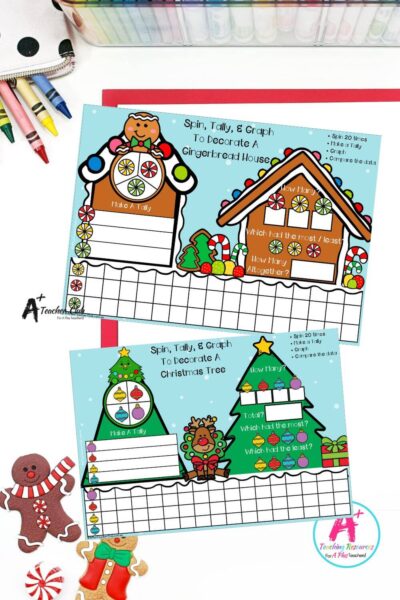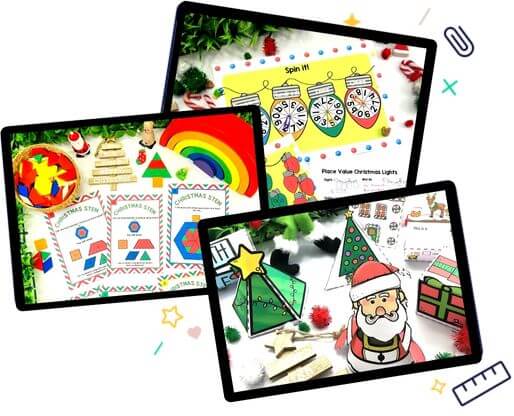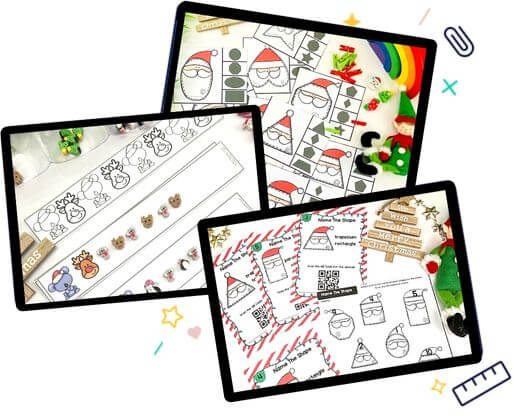Christmas Graphing Activities
Christmas Resources
On the lookout for Engaging Christmas Graphing Activities for the Classroom… Read on!
Teaching data collection and graphing skills is an exciting way to foster critical thinking in young learners. These activities not only teach math but also empower students to observe, compare, and interpret the world around them—skills they’ll carry with them throughout their education.
For Foundation to Year 2 students, data and graphing activities help develop foundational skills through hands-on exploration. Here’s a practical guide on what, why, and how to teach data collection and graphing to young students and a few tips to tackle common challenges along the way.
Why Teach Data Collection and Graphing to Foundation to Year 2 Students?
Data collection and graphing activities tap into students’ natural curiosity. At this age, children are enthusiastic about exploring the world, and data-based activities provide them with a structured way to make observations, compare outcomes, and build reasoning skills. Introducing them to data in real-world contexts, like Christmas-themed graphing activities, makes learning engaging and relevant.
In the early years, teaching data isn’t about complex numbers or technical graphing skills; it’s about helping students see patterns, make comparisons, and understand the concept of representation. Data activities allow students to experience math in a tangible way, which is crucial for building their confidence and interest in the subject.
What to Teach: Data Skills by Year Level
Understanding the specific data skills needed at each year level will help you design engaging and age-appropriate Christmas graphing activities. Here’s a breakdown of key learning objectives:
Foundation
Foundation students focus on collecting, sorting, and comparing data. They learn to respond to questions in familiar contexts, like “What’s everyone’s favourite Christmas treat?” or “How many ornaments do we have of each colour?” Simple, everyday contexts help students grasp data in a fun, relatable way.
Teaching Tip: Stick to hands-on sorting activities where students physically move objects into categories. For example, a Christmas-themed sorting activity with objects like candy canes, stars, and presents lets students visualise data firsthand.
Year 1
In Year 1, students move to recording categorical data, creating one-to-one displays, and discussing data with basic comparisons. They can handle slightly more structured tasks, such as tallying up preferences or creating picture graphs.
Teaching Tip: Introduce simple frequency language by having students count and compare categories. Ask questions like, “Which Christmas cookie was chosen the most?” or “How many reindeer decorations do we have compared to Santa hats?”
Year 2
Year 2 students develop more advanced data skills, using a range of methods to collect, record, represent, and interpret data. At this stage, they can create simple bar graphs and begin to answer questions about the information they collect.
Teaching Tip: Provide opportunities for students to pose their own questions, such as “How many people like each type of Christmas ornament?” Allowing students to interpret results nurtures independence and analytical skills.
Common Challenges Students Face with Data and Graphing
When learning about data and graphing, students often face specific challenges that can make these concepts difficult to grasp. Here are some common issues students encounter, along with ways teachers can support them:
1. Understanding Categories and Grouping
- Issue: Many students struggle with recognising what makes a data category and how to sort items accurately. For young learners, identifying what goes into each category can be confusing, especially if items seem similar.
- Support Tip: Start with familiar, concrete categories (e.g., types of pets, colours of blocks). Reinforce the idea of grouping by using everyday items and repeated examples to strengthen understanding.
2. Difficulty with One-to-One Representation
- Issue: When creating graphs, students often find it challenging to match each item in a data set to a corresponding symbol or mark, which can lead to misrepresentation.
- Support Tip: Use hands-on tools, such as counting manipulatives or stickers, to help students make direct one-to-one connections. Grids can also provide a structured layout that makes it easier to organise their data.
3. Struggles with Graph Organisation and Alignment
- Issue: Young learners sometimes have trouble aligning items or symbols correctly, especially in bar graphs or pictographs, which can make graphs appear messy and hard to interpret.
- Support Tip: Provide templates with clear guidelines, like columns and rows, to help students align their data. Using large images or icons in initial activities can also make alignment easier for students.
4. Interpreting Graphs and Drawing Conclusions
- Issue: Creating a graph is one thing; understanding what it shows is another. Many students have difficulty reading graphs and interpreting what the data represents, including identifying trends or answering comparative questions.
- Support Tip: Ask open-ended questions to guide students, such as, “What does this graph tell us?” or “Which category has the most/least?” Encourage them to talk through their thinking to build analytical skills.
5. Recognising and Comparing Quantities
- Issue: Students may struggle to see numerical differences between categories, especially when the numbers are close or the representations are abstract.
- Support Tip: Encourage students to physically count the items represented on the graph when possible and to use vocabulary like “more than,” “less than,” and “equal to” in their explanations.
6. Understanding Scale and Proportion in Graphs
- Issue: As students progress, they may need to use scales that represent multiple items with one symbol or mark. This concept can be hard for young learners to understand.
- Support Tip: Start with one-to-one scaling and gradually introduce simplified scales (e.g., one icon representing two items) with plenty of concrete examples. Practising with visuals that have real-life connections can help make this idea more accessible.
7. Attention to Detail
- Issue: Younger students often overlook small details in their graphs, which can lead to errors. For example, they might skip a category or fail to align items correctly.
- Support Tip: Encourage students to double-check their work by comparing it to the data source (e.g., counting objects in a category to see if it matches the graph). Pair or small group work can also help, as students are more likely to catch errors when collaborating.
By recognising these challenges and incorporating supportive strategies, teachers can help students develop a solid understanding of data collection and graphing. Over time, these skills can be built upon to introduce more complex data concepts, ensuring a smoother learning path for students.
Christmas Graphing Activities to Support Data Skills
Seasonal themes add a sense of excitement to data activities, and Christmas is the perfect theme to make learning fun and memorable. Here are a few Christmas graphing activities that align with the skills for each year level:
- Foundation: Set up a simple “Santa’s Workshop” sorting station. Include various objects like red bows, green stars, and silver bells for students to sort into different categories. Once sorted, they can count each type and discuss which category has the most or least items.
- Year 1: Have students conduct a Christmas poll, such as “Favourite Holiday Treat” or “Best Christmas Movie.” They can record responses using tally marks and create a picture graph. Visual aids like drawing a Christmas tree next to “Christmas tree ornaments” add an extra festive touch.
- Year 2: Allow students to take charge of their own data collection project, like tracking the types of holiday decorations around the classroom. They can then represent their findings using a simple bar graph and answer questions like “How many more stars than candy canes?”
If you’re ready to bring some holiday spirit into your data activities, download our Christmas Graphing Activities Packs. They’re full of hands-on resources designed to make teaching data fun and effective for young learners. Let’s make graphing a magical part of your students’ learning journey this Christmas season!
Resources listed in this collection
Click to jump to...Christmas Graphing Activities
Explore tags
More Christmas Maths Activities
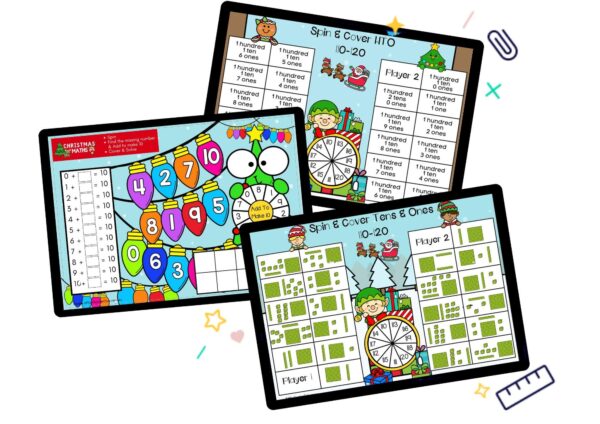
Christmas Maths - 0-120
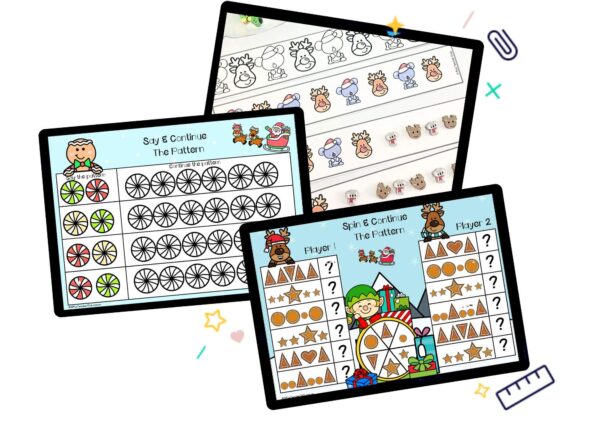
Christmas Maths - Patterning
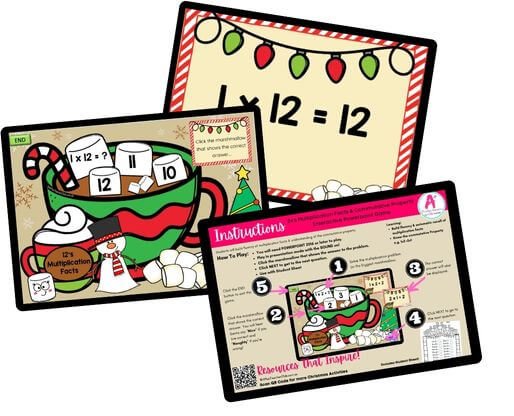
Christmas - Multiplication Facts PowerPoint Games

0-30 Number Mats - Reindeer Them
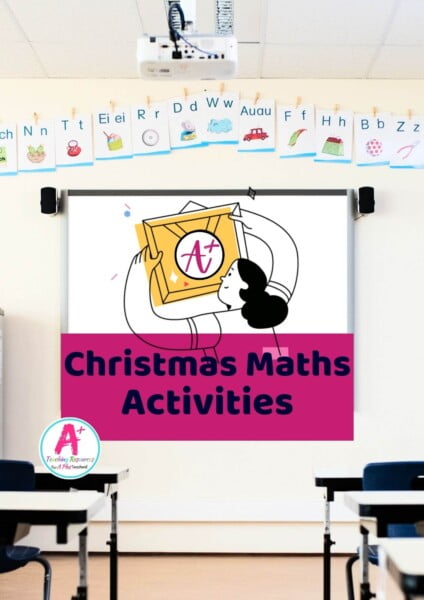
Christmas Maths Collections
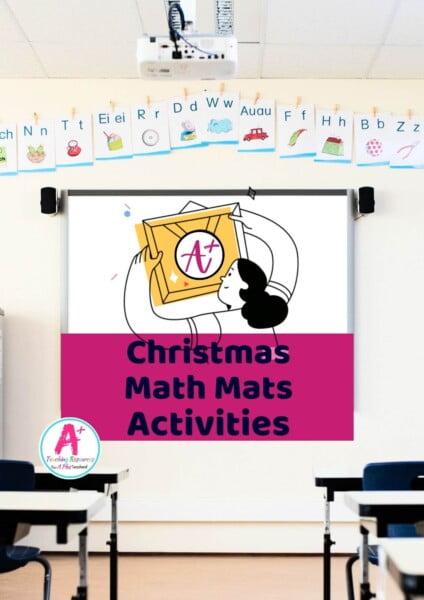
Christmas Number Playdough Mats Collections

Christmas - Pattern Blocks

0-30 Number Mats - Gingerbread Theme

Christmas Maths - Numbers 0-20
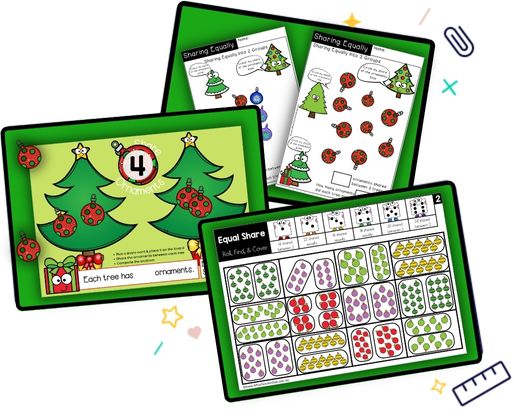
Christmas - Sharing & Grouping
Can't find what you're looking for?
Send us a request! Use this form to request a resource. Please give details of the learning area, topic, year level, curriculum links. We’ll be happy to take a look to see if we can fit it in. Unfortunately a request does not guarantee we will be able to make it!
"*" indicates required fields

